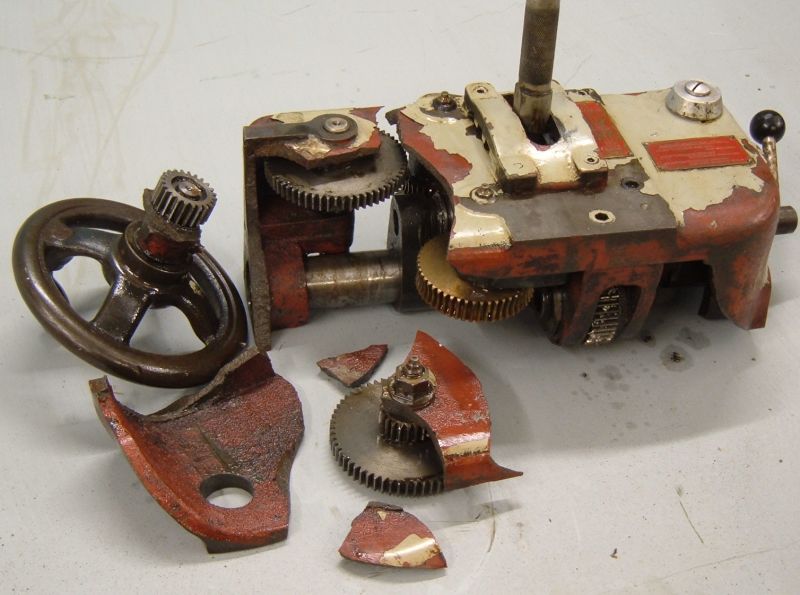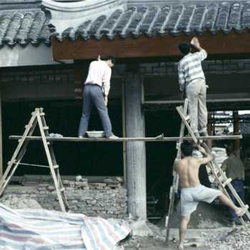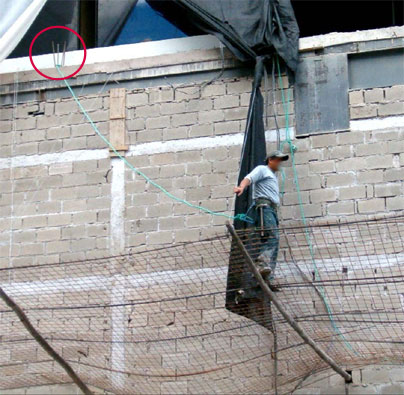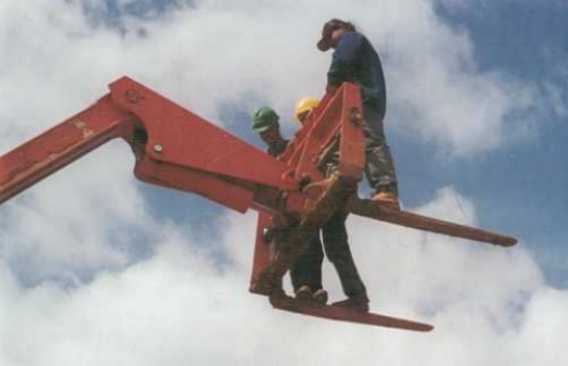
That's it!!! From now on, I'm definitely wearing my waders before I venture back into this thread!!!:) :) :)
Al? You're starting to scare me there buddy!!! You're starting to read like one of those evil politicians who wear those new-fangled "flip-flops"??? However, in this case I won't take exception to it since after all - we're talking about updating or revising the infamous and fictional Farm Code...
The only suggestion I would like to make for John or anyone else in this committee is to put an explicit warning to those who venture in to this FC2002 thread unwittingly... It should state very bluntly as a disclaimer that one must wear manure/feces proof waders before navigating around the confines of this code. :) :) :) Optional Respiratory equipment is also strongly suggested for those of you not used to being around so much farm feces/manure. ;) :) :) Believe me - the realism found ,in FC2002 for all intentional purposes almost requires one to be shielded with the necessary PPE's!!! :) :) :)
Now as far as the "Stove Pipe Welding" techniques is concerned; here's an explanation from a book I have titled: "Welding Skills" 2nd edition, and is an ATP publication.
The author is R.T. Miller. Quote from page 301, right hand column, 2nd paragraph in "Special Welding Processes" section under Pipe Welding found in chapter 29:
" The stove pipe or position method of welding pipe, consist of lining up each section, length by length, and welding each joint while the pipe remains stationary. Since the pipe is not revolved, the welding has to be done in various positions - flat, horizontal, vertical, and overhead."
Now I'm not saying that this is the official or correct interpretation of "Stove pipe welding" but at the very least, it is an explanation found in a book published by a reputable publisher whom I hope did some research in order to validate the published explanation (Yeah Right!!!).
As for the other non-standard terms and definitions are concerned, I'm not going to touch them with a ten foot pole!!!:) :) :)
Respectfully,
Henry







